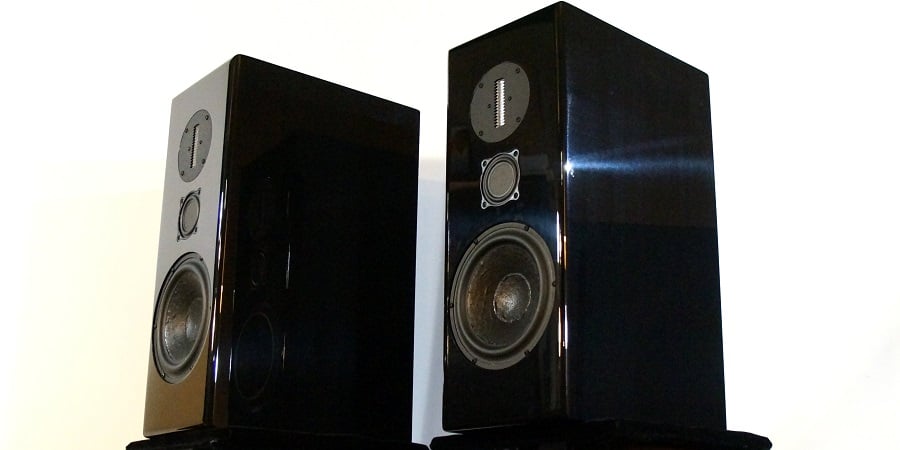Not many people outside of audio enthusiasts who pay attention to audio in social media will know about Philharmonic Audio. This is because Philharmonic Audio doesn’t spend a penny on advertising and their only means of promotion is by word of mouth. However, those audio enthusiasts who do pay attention to social media generally hold Philharmonic Audio in high regard, and Philharmonic looks to be thriving despite having a near zero dollar marketing budget. Dennis Murphy, the proprietor of Philharmonic Audio, lets his creations do all the talking for him. When your only means of promotion is end-users telling others how good their experience was with your product, and you gain success with that strategy, that definitely augurs well for the quality of the product.
We at Audioholics have noticed all the buzz surrounding Philharmonic Audio in social media circles, and so today we are taking a look at the Philharmonic Audio BMR Philharmonitors to see what all the hype is about. These large bookshelf speakers use a 3-way design with a very special driver outlay that has audio enthusiasts excited about the potential performance advantages that it could offer, especially for the price. In our in-depth review, we ask the question, do these speakers live up to the hype surrounding them? Read on to find out what we have uncovered.
